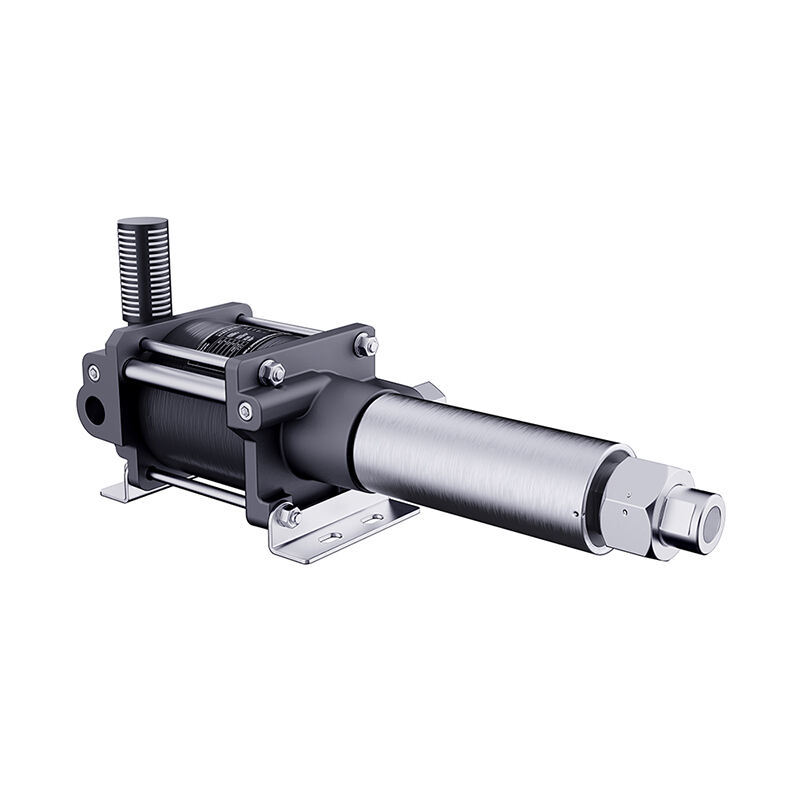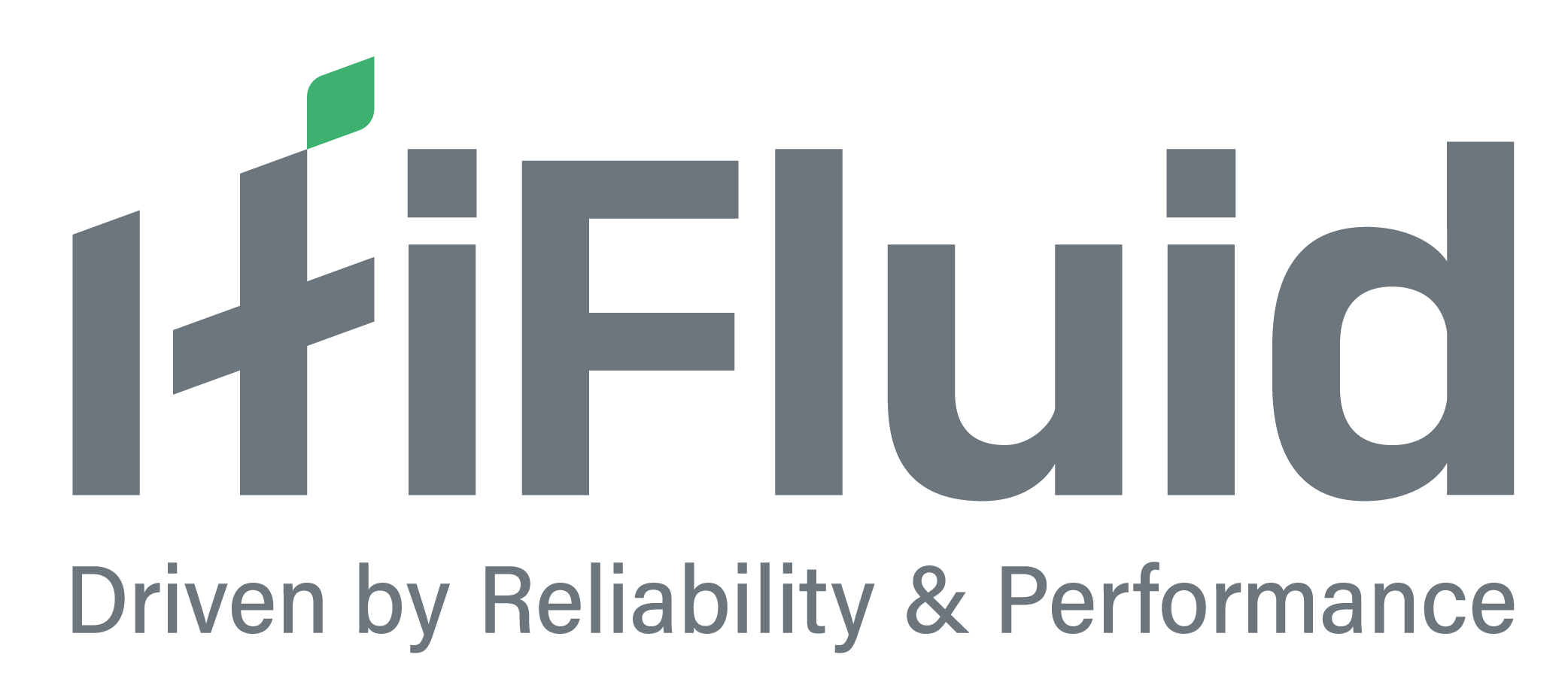Definición y componentes clave
Las bombas hidráulicas accionadas por aire convierten el aire comprimido en energía hidráulica. Estas bombas se pueden encontrar en diversas aplicaciones industriales debido a su eficiencia y fiabilidad. Los componentes principales incluyen un motor neumático, un cilindro hidráulico y válvulas de control. Cada parte desempeña un papel crucial para garantizar que la bomba funcione sin problemas. El motor neumático utiliza aire comprimido para impulsar el cilindro hidráulico, que luego genera energía hidráulica. Las válvulas de control regulan el flujo y la presión, lo que le permite gestionar el sistema de manera efectiva.
Principios de funcionamiento básicos
Comprender los principios básicos de funcionamiento de las bombas hidráulicas accionadas por aire le ayuda a apreciar su eficiencia. Estas bombas utilizan aire comprimido para crear presión hidráulica. El proceso comienza cuando el aire comprimido entra en el motor neumático. Este motor convierte la energía del aire en movimiento mecánico. El movimiento luego impulsa el cilindro hidráulico, produciendo energía hidráulica. Esta energía alimenta varias herramientas y maquinarias industriales. Puede ajustar la presión y el flujo utilizando válvulas de control, asegurándose de que el sistema satisfaga sus necesidades específicas.
¿Cómo funcionan?
Mecanismo de acción
El mecanismo de acción de las bombas hidráulicas accionadas por aire incluye varios pasos. Primero, suministra aire comprimido al motor neumático. El motor convierte este aire en energía mecánica. Esta energía mueve el cilindro hidráulico, creando presión hidráulica. La presión entonces alimenta su equipo o maquinaria. Puede controlar la presión y el flujo usando válvulas, asegurando un rendimiento óptimo. Este mecanismo permite lograr una alta eficiencia con una pérdida de energía mínima.
Integración con los sistemas de la planta
La integración de bombas hidráulicas impulsadas por aire en sus sistemas de planta mejora la eficiencia. Puede conectar estas bombas a los sistemas hidráulicos existentes con facilidad. Ofrecen flexibilidad, lo que permite adaptarlos a diversas aplicaciones. Se pueden utilizar en entornos donde los sistemas hidráulicos tradicionales pueden suponer riesgos de seguridad. Su diseño compacto los hace adecuados para espacios limitados. Al integrar estas bombas, mejora el rendimiento operativo de su planta y reduce el consumo de energía.
Ventajas de las bombas hidráulicas accionadas por aire
Eficiencia energética
Consumo de energía reducido
Las bombas hidráulicas accionadas por aire se destacan por reducir el consumo de energía. Aprovecha el aire comprimido para generar energía hidráulica, lo que minimiza la pérdida de energía. Este proceso de conversión eficiente garantiza que se consume menos energía en comparación con los sistemas hidráulicos tradicionales. Al adoptar estas bombas, puede reducir significativamente el consumo de energía de su planta, contribuyendo a un funcionamiento más sostenible.
Impacto Ambiental
El impacto ambiental del uso de bombas hidráulicas accionadas por aire es notablemente positivo. Estas bombas funcionan con un menor requerimiento de energía, lo que conduce a menos emisiones y una menor huella de carbono. Usted contribuye a la conservación del medio ambiente al elegir esta tecnología. La eficiencia de las bombas se alinea con las prácticas ecológicas, lo que las convierte en una opción ideal para las industrias que buscan reducir su impacto ambiental.
Ahorro de costes
Menores costes operativos
Las bombas hidráulicas accionadas por aire ofrecen un ahorro sustancial de costes. Se benefician de menores costes de funcionamiento debido a su diseño de bajo consumo de energía. El consumo de energía reducido se traduce en facturas de servicios públicos más bajas. Además, estas bombas requieren menos mantenimiento, lo que reduce aún más sus gastos. Al integrarlos en su planta, puede lograr ahorros financieros significativos con el tiempo.
Beneficios Financieros a Largo Plazo
La inversión en bombas hidráulicas impulsadas por aire proporciona beneficios financieros a largo plazo. Usted disfruta de un retorno de la inversión a través de la reducción de los costos de energía y mantenimiento. La durabilidad y fiabilidad de estas bombas aseguran que se evite su sustitución frecuente, ahorrando dinero a largo plazo. Al elegir esta tecnología, usted asegura un futuro financieramente sólido para sus operaciones de planta.
Confiabilidad y rendimiento
Producción constante
Las bombas hidráulicas accionadas por aire proporcionan una producción constante, garantizando un rendimiento confiable en su planta. Puede confiar en estas bombas para mantener una presión hidráulica constante, que es crucial para varias aplicaciones industriales. Su diseño minimiza las fluctuaciones, lo que le proporciona un funcionamiento estable y eficiente. Esta consistencia mejora la productividad y eficiencia de su planta.
Durabilidad en condiciones adversas
La durabilidad de las bombas hidráulicas accionadas por aire las hace adecuadas para condiciones adversas. Puede confiar en que estas bombas soporten temperaturas extremas y ambientes difíciles. Su construcción robusta garantiza su longevidad, reduciendo la necesidad de reemplazos frecuentes. Al utilizar estas bombas, aumenta la resistencia de su planta y mantiene un alto rendimiento incluso en situaciones exigentes.
Seleccionar la bomba hidráulica adecuada
Requisitos de la solicitud
Evaluación de las necesidades de las plantas
Para seleccionar la bomba hidráulica adecuada, primero debe evaluar las necesidades específicas de su planta. Comience por identificar las tareas que requieren energía hidráulica. Considere los tipos de maquinaria y herramientas que se utilizan. Determinar la presión y el caudal necesarios para un rendimiento óptimo. Se evaluará la frecuencia y la duración del funcionamiento de la bomba. Esta evaluación le ayuda a comprender las exigencias que se imponen a la bomba, asegurándose de que elija un modelo que cumpla con sus requisitos.
Especificaciones de la bomba de ajuste
Una vez que haya evaluado las necesidades de su planta, combinelas con las especificaciones de la bomba. Busque bombas que proporcionen la presión y el caudal requeridos. Compruebe la compatibilidad de la bomba con sus sistemas existentes. Asegurar que la bomba pueda soportar la carga operativa sin comprometer la eficiencia. Considere el tamaño y el peso de la bomba, especialmente si el espacio es limitado. Al alinear las especificaciones de la bomba con las necesidades de su planta, se garantiza un funcionamiento eficiente y confiable.
Consideraciones Ambientales
Condiciones de operación
Cuando se seleccione una bomba hidráulica accionada por aire, hay que tener en cuenta las condiciones de funcionamiento. Se evaluará el rango de temperatura en el que funcionará la bomba. Determine si el ambiente está polvoriento, húmedo o corrosivo. Elija una bomba diseñada para soportar estas condiciones. Busca características como materiales resistentes a la corrosión y tolerancia a la temperatura. Al seleccionar una bomba adecuada para su entorno, usted mejora su longevidad y rendimiento.
Cumplimiento de regulaciones
Asegurar el cumplimiento de las normas pertinentes al elegir una bomba. Familiarizarse con las normas y requisitos de seguridad de la industria. Verificar que la bomba cumple estas normas. Compruebe si hay certificaciones que indiquen el cumplimiento. Considere las normas ambientales, especialmente si su planta maneja materiales peligrosos. Al cumplir con las regulaciones, se evitan problemas legales y se garantiza un funcionamiento seguro.
Consejos para el mantenimiento y la optimización
Prácticas de mantenimiento regular
Inspección y servicio
La inspección y mantenimiento regulares de sus bombas hidráulicas accionadas por aire aseguran su funcionamiento eficiente. Debe programar controles de rutina para identificar cualquier desgaste o daño. Examine el motor neumático, el cilindro hidráulico y las válvulas de control para detectar signos de desgaste. Reemplace inmediatamente las piezas gastadas para evitar que se dañen más. El mantenimiento regular ayuda a mantener un rendimiento óptimo y prolonga la vida útil de la bomba.
Solución de problemas comunes
Si se resuelven rápidamente los problemas comunes, se puede evitar el tiempo de inactividad. Si nota una disminución en el rendimiento, compruebe si hay fugas de aire o bloqueos en el sistema. Inspeccionar las válvulas de control para asegurarse de que funcionan correctamente. Si la bomba hace ruidos inusuales, puede indicar un problema mecánico. Aborde estos problemas inmediatamente para evitar reparaciones costosas. Mantener un registro de los problemas y soluciones puede ayudar a identificar patrones y prevenir que ocurran en el futuro.
Estrategias de optimización
Mejoramiento del rendimiento de la bomba
La mejora del rendimiento de la bomba implica varias estrategias. Puede ajustar la presión del aire para que se ajuste a los requisitos específicos de su aplicación. Asegúrese de que la bomba funcione dentro de su rango óptimo para maximizar la eficiencia. Limpie regularmente los componentes para evitar que el polvo y los desechos afecten el rendimiento. La aplicación de estas estrategias le ayuda a lograr una operación consistente y fiable.
Prolongación de la vida útil de las bombas
Para extender la vida útil de sus bombas hidráulicas accionadas por aire se requieren medidas proactivas. Utilice lubricantes de alta calidad para reducir la fricción y el desgaste. Conservar las bombas en un ambiente limpio y seco para evitar la corrosión. Capacite a su personal en técnicas de manejo y operación adecuadas. Si sigue estas prácticas, puede aumentar significativamente la longevidad de sus bombas, asegurándose de que sirvan a su planta de manera efectiva durante los próximos años.
Las bombas hidráulicas accionadas por aire ofrecen importantes beneficios para mejorar la eficiencia de la planta. Puede reducir el consumo de energía, ahorrar costes y mejorar la seguridad integrando estas bombas en sus operaciones. Considere estas bombas para aumentar el rendimiento operativo de su planta. Para obtener resultados óptimos, es crucial seleccionar adecuadamente y mantenerlo regularmente. Al elegir la bomba adecuada y mantenerla bien, se garantiza la eficiencia y fiabilidad a largo plazo en sus procesos industriales.

